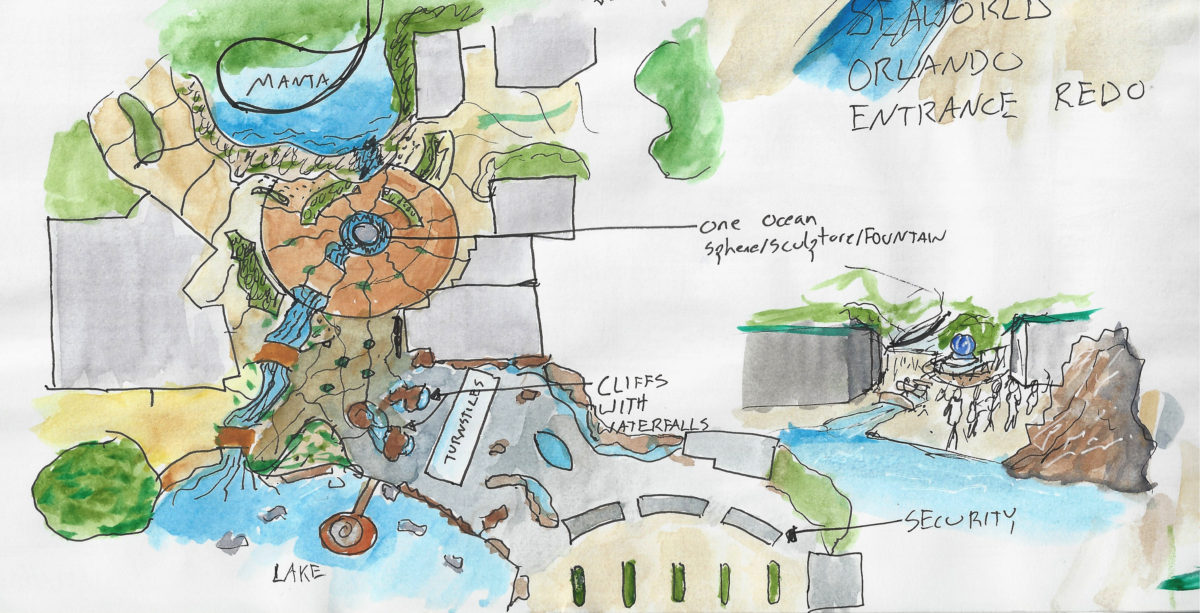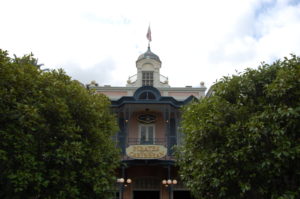Hello again! Today a visit to 2nd tier of themed entertainment: Seaworld Orlando.
I actually really like Seaworld Orlando. Views on animals in captivity and recent controversies aside, the park itself is a really pleasant and attractive place to be with some fantastic coasters (if perhaps less than fantastic other rides). While I often say I grew up at Walt Disney World, since it was 15 minutes away from my house and both my parents worked there and we were therefore there very often, it’s actually probably more accurate to say I grew up at Seaworld. My house was within walking distance of the front gates (not that I ever actually have walked there – should try that some time), my family loved the place because of all the shows and as a nice place to walk, and we probably were there a good deal more than Disney- at least until I became a tad older and wanted to ride more rides. Keep in mind there were nearly no rides at Seaworld during this period – only the sky tower and Wild Arctic. Later there was Journey to Atlantis (which I have ridden a record 13 times in a row without disembarking) and Kraken (which was my first “big kid” roller coaster). But there was an amazing playground! (which the good part of doesn’t exist anymore). So lots of fond memories, lots of experience with walking around and seeing the sights, lots of sadness around the lack of water-skiing shows these days.



